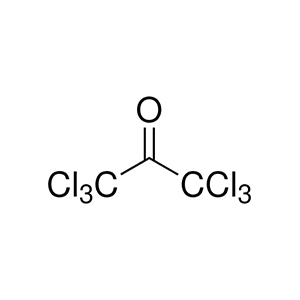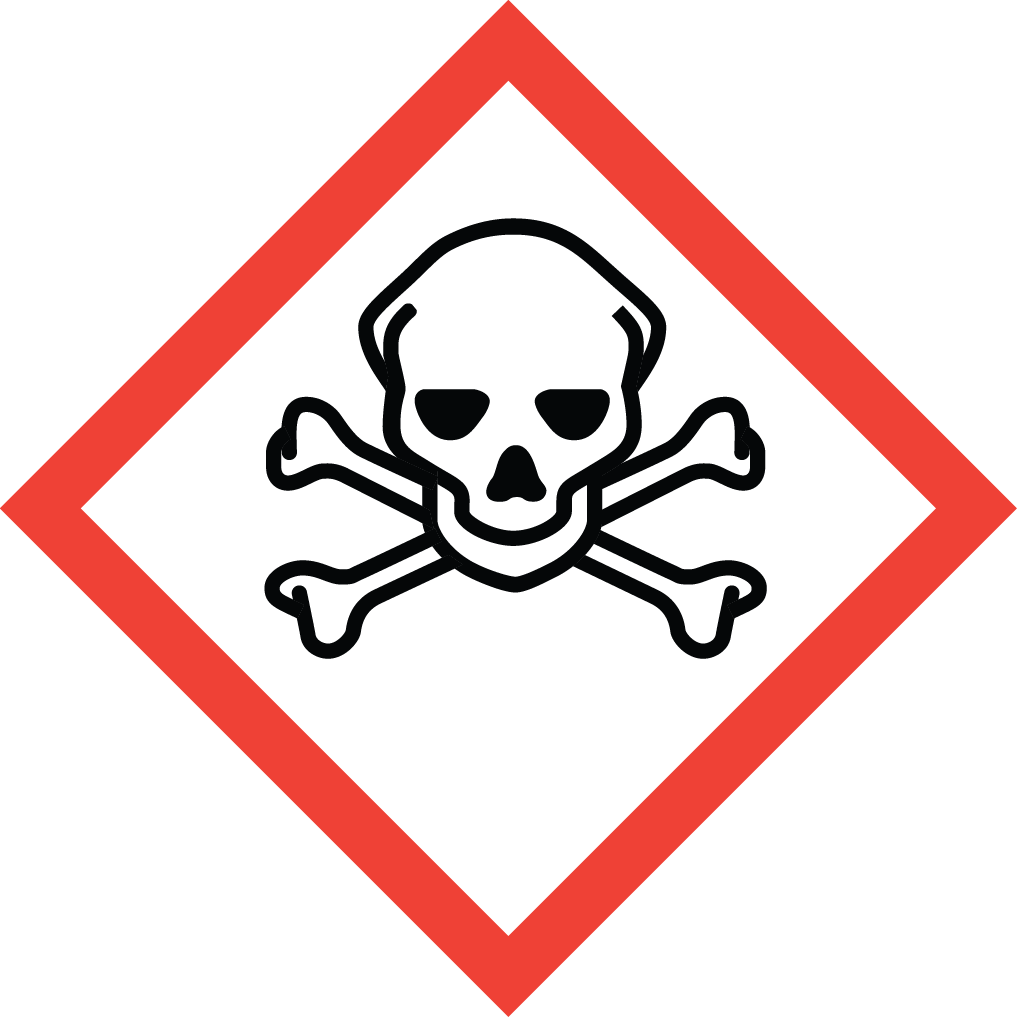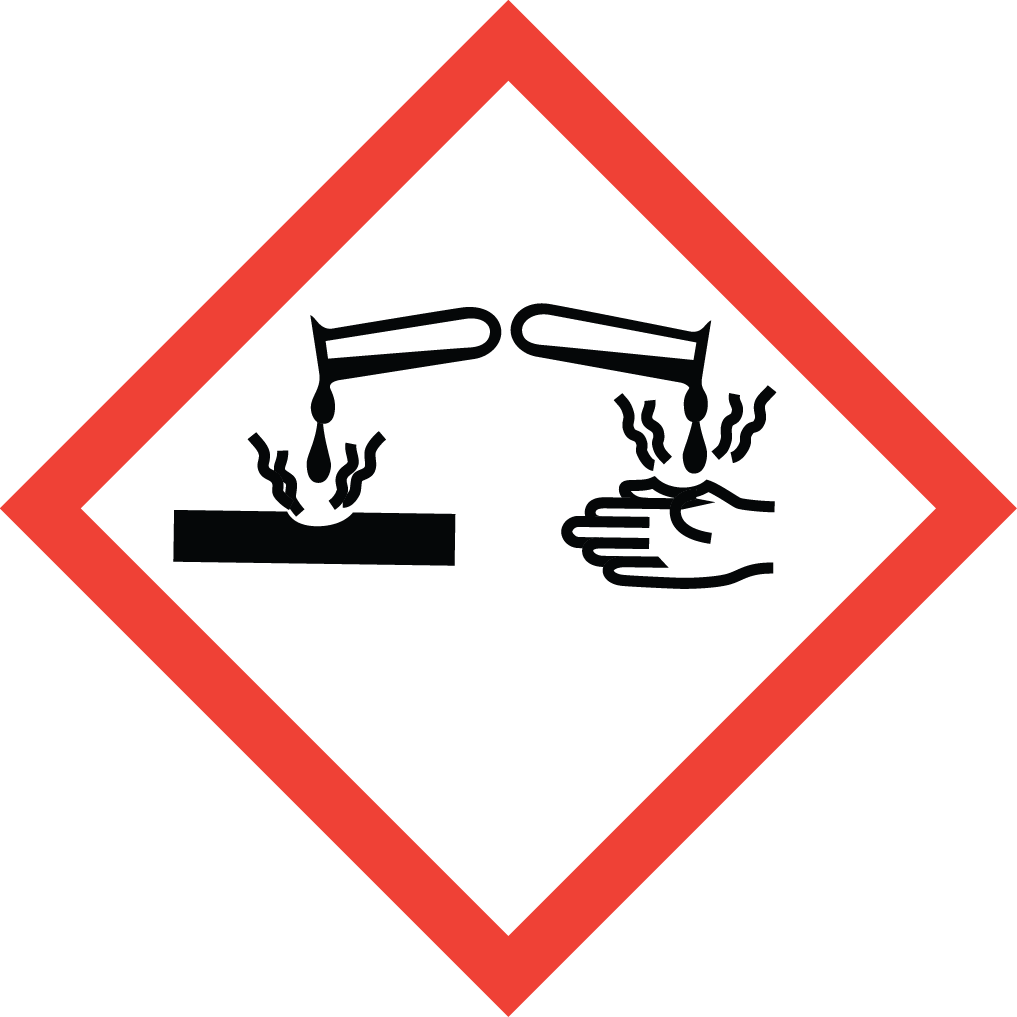Aure Chemical Delivers Excellence in Hexachloroacetone (CAS 116-16-5)
Aure Chemical is a premier supplier of Hexachloroacetone (HCA), a highly chlorinated ketone widely recognized for its unique reactivity and broad utility as a chemical intermediate. With its distinctive properties, Hexachloroacetone is indispensable in complex synthetic pathways across various high-value industries.
Basic Information of Hexachloroacetone
Hexachloroacetone (CAS No. 116-16-5) adheres to stringent quality standards, ensuring optimal performance for your specialized applications:
| CAS No.: | 116-16-5 |
|---|
| EC No.: | 204-129-5 |
|---|
| Linear Formula: | C₃Cl₆O |
|---|
| Molecular Weight: | 264.75 |
|---|
| Appearance: | Transparent Liquid |
|---|
| Odor: | Pungent, camphor-like odor |
|---|
| Melting Point: | −6-−2 °C (lit.) |
|---|
| Boiling point | 66-70 °C/6 mmHg (lit.) |
|---|
| Density: | 1.743 g/mL at 25 °C (lit.) |
|---|
| Solubility: | Immiscible with water; soluble in most organic solvents. |
|---|
| Flash Point: | 113 °C |
|---|
| Purity: | Stable but can react with strong bases and reducing agents. |
|---|
| RIDADR: | UN 2661 6.1/PG 3 |
|---|
| Chemical Structure: |  |
|---|
Its consistent purity and reliable chemical reactivity make it a preferred choice for manufacturers seeking precision and efficiency.
Primary Applications of Hexachloroacetone (HCA)
Hexachloroacetone's highly chlorinated structure provides it with unique chemical characteristics, making it a valuable building block in diverse synthetic processes:
Key Chemical Intermediate in Organic Synthesis:
Hexachloroacetone serves primarily as a versatile and reactive intermediate in the synthesis of a wide array of complex organic compounds. Its unique electrophilic and halogenated nature allows for various reactions, including:
Pharmaceutical Synthesis: Used in the production of certain active pharmaceutical ingredients (APIs).
Agrochemical Synthesis: An important precursor for specific herbicides, insecticides, and fungicides, leveraging its reactivity for targeted biological activity.
Dye and Pigment Production: Employed in the synthesis of specialized dyes and pigments, contributing to their unique color properties and stability.
Other Specialty Chemicals: Utilized in the creation of various fine chemicals, polymers, and performance materials.
Specialized Solvent:
While its primary role is as an intermediate, Hexachloroacetone can also function as a specialized solvent for certain organic reactions or for dissolving specific polymers and resins where its unique properties are advantageous.
Reagent for Halogenation Reactions:
Due to its abundance of chlorine atoms, HCA can be used as a chlorinating agent in specific organic transformations where a controlled introduction of chlorine is desired.
Why Partner with Aure Chemical for Your Hexachloroacetone Supply?
Aure Chemical is dedicated to providing superior chemical solutions and unmatched customer support. By choosing us for your Hexachloroacetone requirements, you benefit from:
Exceptional Purity: Our Hexachloroacetone is manufactured to exacting purity standards, ensuring optimal performance and consistency in your most demanding syntheses.
Reliable Global Supply: We maintain a robust and efficient supply chain, guaranteeing timely and secure delivery of this crucial chemical to your facilities worldwide.
Expert Technical Support: Our team of experienced chemists and specialists is readily available to offer comprehensive guidance on product application, safe handling, and storage.
Commitment to Quality & Safety: We adhere to the highest industry standards for quality management, safety, and environmental responsibility throughout our operations, from manufacturing to distribution.
Choose Aure Chemical for a trustworthy and dependable supply of high-quality Hexachloroacetone. We're ready to support your most complex chemical challenges.
Hazards Classification
GHS Classification: Acute Toxicity (GHS06), Corrosive (GHS05), Environmental Hazard (GHS09)
Hazard Statements: Toxic if swallowed, in contact with skin, or if inhaled; causes severe skin burns and eye damage; very toxic to aquatic life with long lasting effects.
UN Number: UN 2661
Hazard Class: 6.1 (Toxic Substances)
Packing Group: III
 GHS06: Acute Toxicity
GHS06: Acute Toxicity GHS05: Corrosive
GHS05: Corrosive GHS09: Environmental Hazard
GHS09: Environmental Hazard
